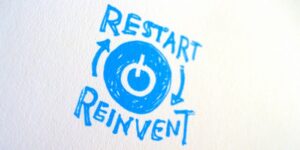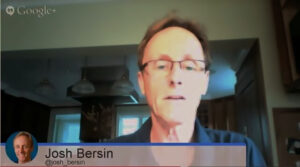
#TChat Recap: How Employee Assistance Programs Engage And Nurture Talent
The balance of power is shifting in the employer/employee relationship. What does it mean for the future of work? The #TChat crowd weighs in

The balance of power is shifting in the employer/employee relationship. What does it mean for the future of work? The #TChat crowd weighs in

The balance of power is shifting in the employer/employee relationship. What does it mean for the future of work? The #TChat crowd weighs in

The balance of power is shifting in the employer/employee relationship. What does it mean for the future of work? The #TChat crowd weighs in

The balance of power is shifting in the employer/employee relationship. What does it mean for the future of work? The #TChat crowd weighs in

The balance of power is shifting in the employer/employee relationship. What does it mean for the future of work? The #TChat crowd weighs in

The balance of power is shifting in the employer/employee relationship. What does it mean for the future of work? The #TChat crowd weighs in

“The war for talent is over, and the talent won.” What’s behind this revolution? Let’s discuss this week at #TChat events with talent management analyst, Josh Bersin

When you’re job hunting, information is power. Try these social media tips to stay a step ahead of recruiters and hiring managers.